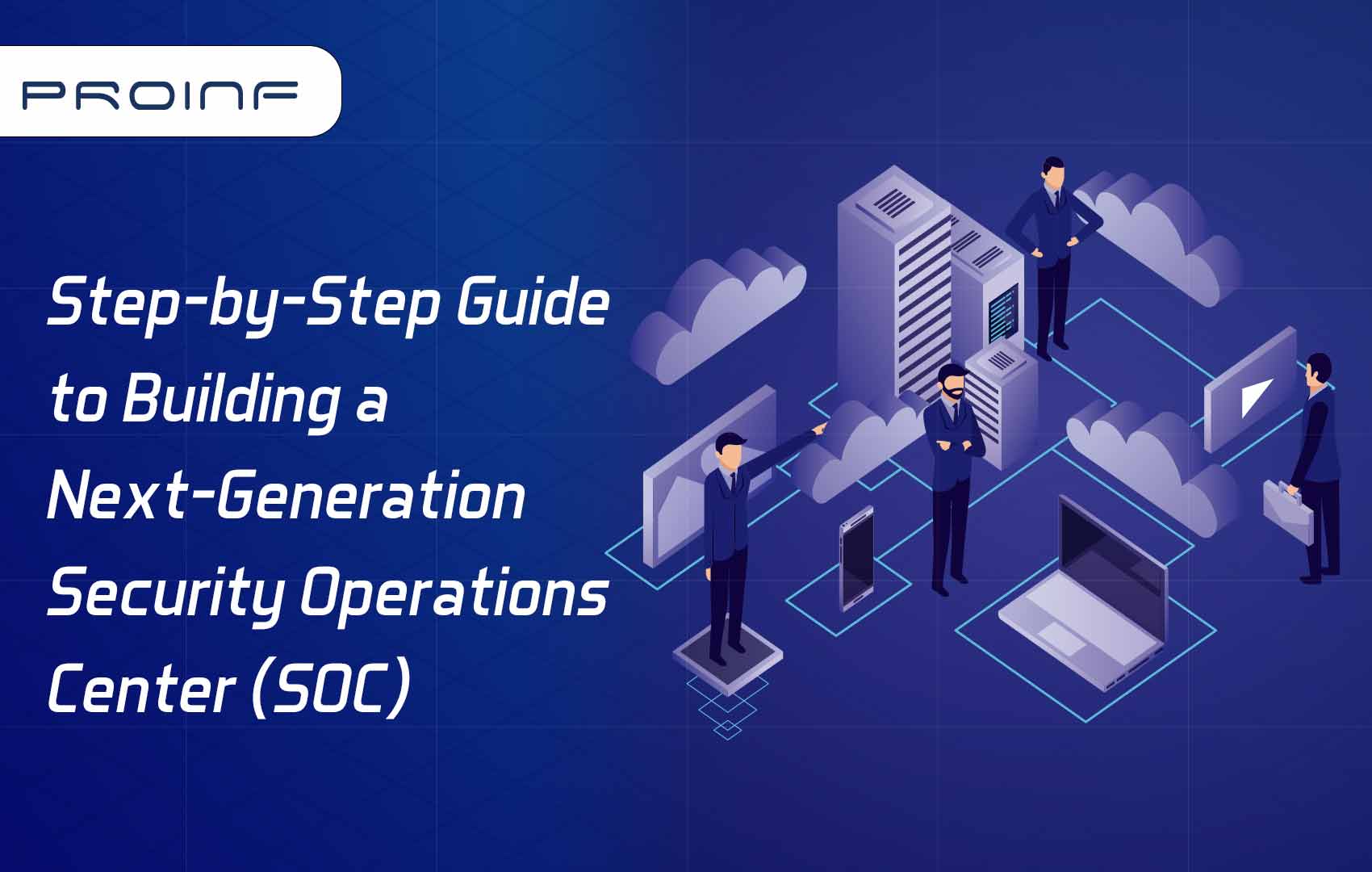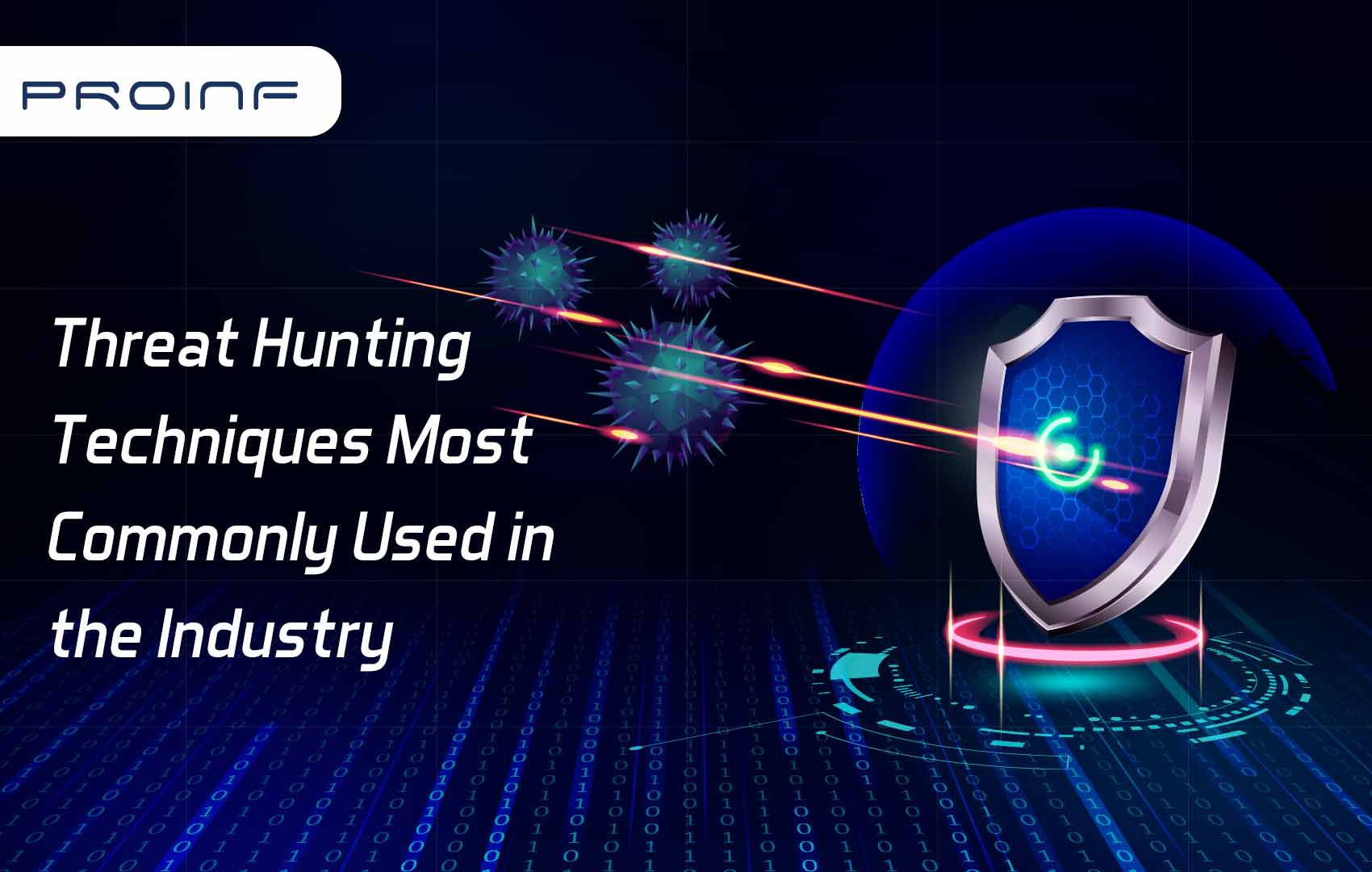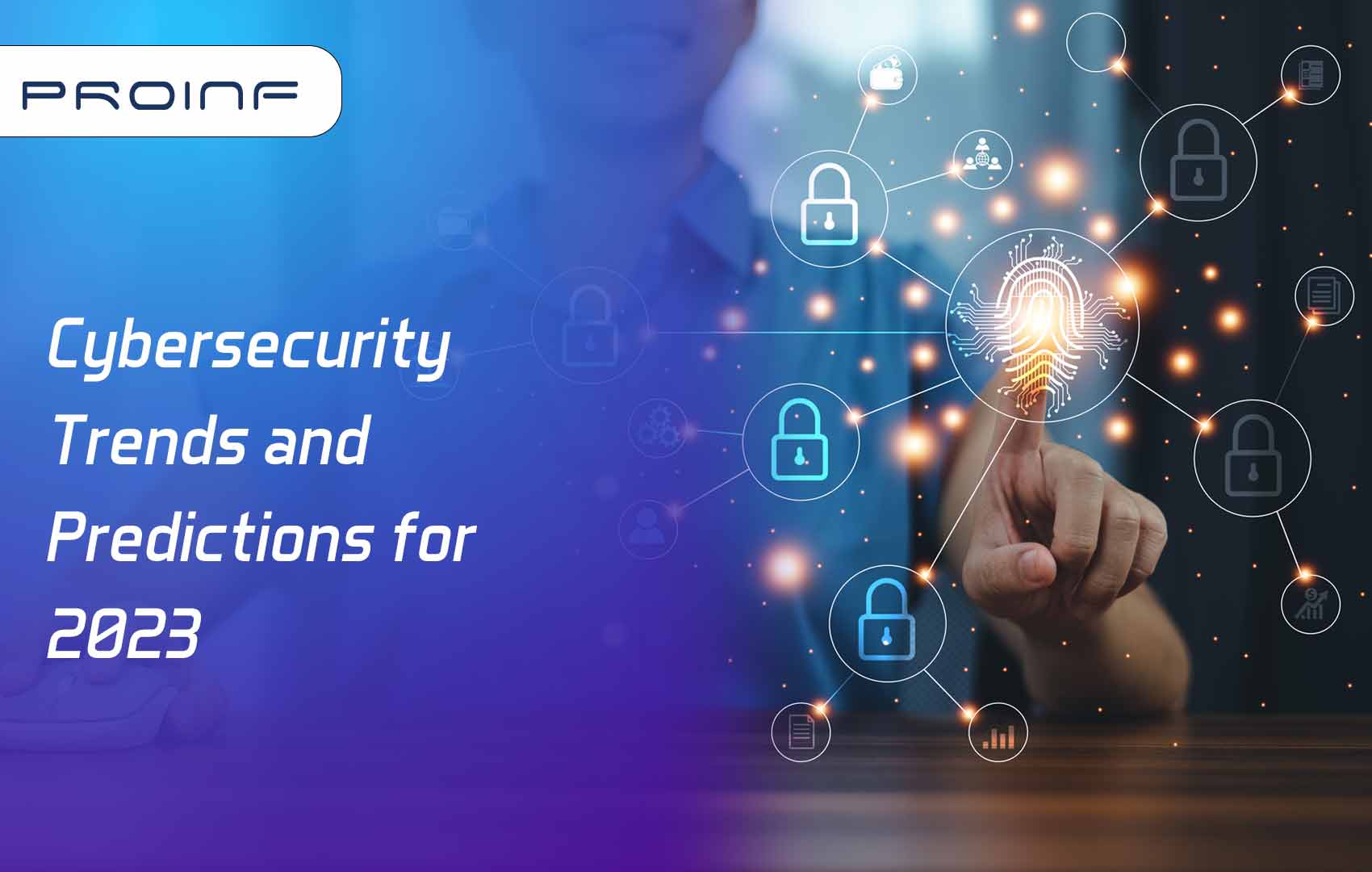Complete guide to Managed Detect Respond Remediate (MDR)
$366.1 Billion – We aren't talking about a nation's GDP. We are talking about the Cyber Security Market in 2028. Such is the need for cybersecurity in the globalized world. Hackers leverage advanced technologies like AI and ML to intrude into secure (or thought to be secured) cyberspaces. While there is no one-stop solution to stop cyber threats, a comprehensive approach is necessary. The MDR2 – Managed to Detect, Respond, and Remediate can help fortify cyber installations across the horizon.
What is Managed Detection Respond and Remediate – MDR?
Large industrial workspaces and IT offices run on networks that host thousands of devices – smartphones, desktop computers, laptops, servers, network, wireless, security devices, biometric systems, card readers, and a whole lot of others`. Unfortunately, most of the workforce globally, including IT professionals, assume their enterprise network is safe and completely robust.
The existence of secure cyber spaces calls for a robust action plan that supervises zillion parameters about the traffic flowing in and out of the enterprise's network, paving the way for MDR2. In a nutshell, MDR2 is a Security-as-a-Service offering that works round the clock in identifying, responding, investigating, eliminating, and remediating cyber threats. In addition, forensic and digital detective tools help monitor the network for anomalous triggers, behaviors, and signatures. With the ability to constantly monitor the traffic, network, and devices 24/7, the MDR System is the next big thing in cyber security installations.
MDR Security Automation System – The platform and Services
As the acronym suggests, the MDR relies on data collection, analysis & investigating, validation, reporting, response to threat detection and mitigation and most importantly Proactive Threat Hunting. Typically, the MDR2 consists of the following:
- Platform
- Services
MDR Platform:
1. Data Collection:
Data collection involves gathering and measuring data from assets, logs, events, endpoints, files, user behavior, and network activity. This data is then analyzed using the analyzation tools. For example, using the data logs, one can identify the type of threat and understand the threat's origin – within the enterprise's network or from outside.
2. Data Analysis & Investigating:
It involves techniques like correlation, anomalies, and behavior. Applying pre-set rules, definitions, and logical and statistical methods help illustrate, condense, and evaluate data in a more consumable form. This process identifies changes in behavior patterns, anomalies in the traffic, and correlation (a measure of the linear relationship between two variables) of data. Correlation is essential in segregating alerts from no risk to high risk.
MDR Services:
1. Validation:
Security threat validation validates various security installations' effectiveness in a successful cyber-attack. It helps understand the current security posture and realize requirements for the future. In addition, threat validation investigates previous compromises, enabling security teams to understand what could have gone wrong. Likewise, it validates incidents and monitors the network 24/7.
2. Reporting:
Also known as alerting, reporting is the most critical aspect of securing cyberspace. Each security incident creates a unique alert depending on the type of threat, definition, and severity. The MDR2 System highlights the most critical alerts that require mandatory human intervention. The remediating center handles the rest of the threats.
3. Respond:
Apt response to a threat is critical for enterprises to thrive. However, the response depends on the threat's footprint. The MDR security automation system suggests actionable advice that is best to contain and mitigate the threat. In addition, an effective and instant 'Response' system lessens the burden on the human workforce, letting them focus on critical threats that require human intervention.
What makes MDR a powerful Security Automation Solution?
Security Automation Systems are finding a place in every enterprise, given their capabilities in securing digital spaces. However, threats make their way into internal and critical systems bypassing traditional security controls. Such intrusions can adversely affect the organization. To prevent such events, enterprises look for MDR – Managed Detection, Response, and Remediation solutions. With analytics, human expertise, threat intelligence, and machine learning at the core, the MDR approach involves the following:
- Threat Detection and Identification
- Threat Hunting and Investigation
- Threat Response and Remediation
Threat Detection and Identification:
Lying at the core of cybersecurity is threat detection and identification. The System collects data across various data collection points and continuously scans for anomalies that indicate suspicious behavior. In addition, security Automation systems look for small unrelated, 'breadcrumbs' like activities on the network. Behavior analytics (IP addresses and login times) and leveraging threat intelligence go a long way in threat detection and identification.
Security teams set traps that raise an alert when an intruder falls prey. For example, they list 'honey credentials – that give complete access to a system' on their network. If an intruder uses those credentials, assuming they are a vulnerability, the security system triggers an alert about suspicious activity. Likewise, conducting 'Threat Hunt' events and installing features like EDR, SIEM, UEBA, MITRE ATT&CK Alignment, NTA, and others complement improving the security posture.
Threat hunting and investigation:
Threat hunting deals with the detection of hackers' TTP (Tactics, Techniques, and Procedures), Indicators of Compromise (IoC), and Advanced Persistent Threats (APTs) that are dodging the current security system by actively scanning the network. The effectiveness of the threat-hunting program depends mainly on data fertility. Security analysts deploy the following methods:
1. Hypothesis Hunting
Hypothesis hunting is a proactive threat-hunting model that leverages the threat-hunting library in alignment with MITRE ATT&CK. Analysts use attack behaviors, domains, and environments to identify threat actors.
2. Intel-based Hunting
Reactive model of threat hunting, intel-based hunting utilizes domain names, networks, IoCs, IP addresses, hash values, and other data forms to hunt and validate outside attackers and insider threats. Intel-based hunting follows pre-defined rules set by threat intelligence and SIEM systems. As a result, it is possible to investigate malicious activity before and after an alert.
3. Custom Hunting
Industry-based hunting and situation awareness methodologies are at the core of custom hunting methodology. Scanning EDR and SIEM tools for anomalies depending on customers' requirements is standard practice. Using IoA and IoC (Indicators of Attack and Indicators of Compromise), custom hunting draws insights from Hypothesis and Intel-based hunting.
Threat Response and Remediation:
When a network is under threat, security automation systems should respond quickly and provide intuitive data to the SOC team. Often, threat response includes a collection of intelligence, forensics, and security event context to confirm an infection and accordingly enforce or suggest remediation. Modern systems help identify the attack's 3Ws – Who, what, and where, targeted systems, and users. To ensure no incident response KPIs are lost, the System keeps track of them while logging.
These tools can dig deep into the incident rather than merely alerting the SOC team and taking corrective action. By completely automating the response and remediation process for over 75% of threats and suggesting remedial measures for 20% of threats to SOC teams, the threat response and remediation reduces human intervention significantly in addressing threat alerts. Additionally, right from auto-managing variables (URLs, users, hosts, and IPs) on enforcement devices frees up time for the human workforce.
Why do enterprises need MDR?
1. Fortifying Security
Security is of paramount importance for an enterprise, irrespective of the services it provides. It is even more essential when it comes to cloud and digital services. It is necessary to secure the data and System at every point. Unfortunately, enterprises lack an in-house solid security team, which otherwise would not be able to handle a wide range of threats efficiently and quickly. For such enterprises, MDR comes as a reprieve. It completely takes over common threats and helps the SOC deal with critical and complex threats.
2. Access to expertise
Maintaining a team of experienced cybersecurity professionals can be expensive while dealing with a talent shortage. Likewise, opting for 'fragmented' security tools becomes expensive, complex (in managing), and challenging to integrate. MDR2 provides high-level expertise and removes any complexity whatsoever. In addition, the advanced security automation system comes with all the necessary tools to provide comprehensive one-stop security solutions to enterprises.
3. Alert Fatigue
Traditional security controls generate overwhelming alerts, with the majority being false positives. These alerts often bog down SOC teams. Generating validated signals with context is crucial, saving precious human work hours and other resources. Additionally, the MDR2 System handles most alerts thanks to its advanced threat detection, validation, response, and remediation techniques.
4. Dynamic and customized
Threats evolve, and so should enterprises securing their digital perimeter. The dynamic nature of the MDR2 System secures the enterprise even as threats continue to evolve. The vast threat library and other data tools help update the System's threat detection and remediation ability. In addition, enterprises can get customized incident validation and threat detection plans depending on the respective businesses' needs and IT threat environment.
We have helped fortify organizations globally and have always been the most trusted partner regarding security. Our world-class MDR System and our team of cybersecurity experts are the best you could ever ask. We walk the extra mile to secure your digital perimeter and keep you less worried about security. Drop a message to receive a call from us.


